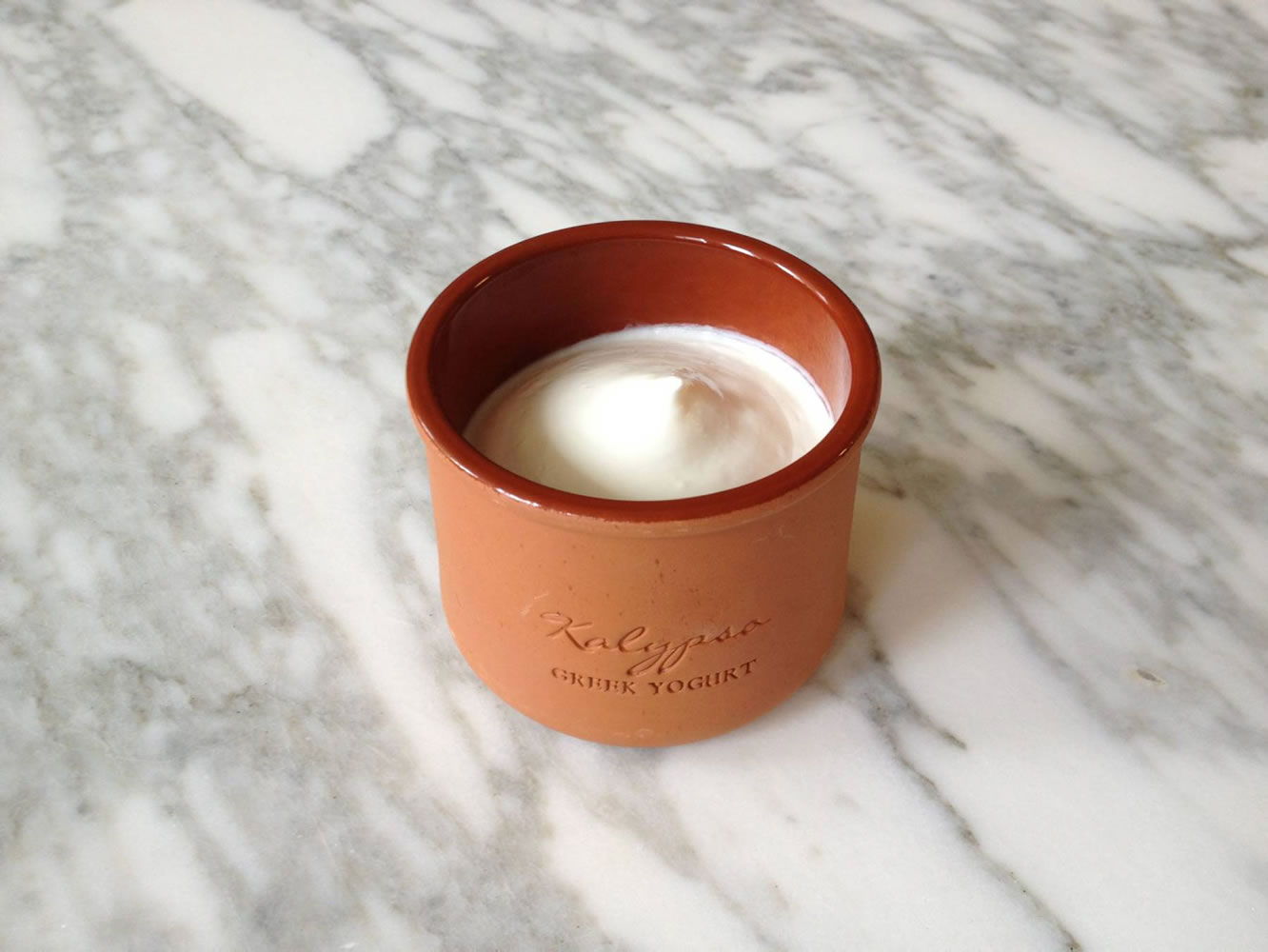It is amazing that people still get excited about yogurt, considering that it has been around since 6000 B.C., when Neolithic herdsmen discovered that storing milk in animal skin containers curdled the liquid, thickening it and giving it tart flavor. But judging from the supermarket shelf space and commercial airtime now devoted to the latest iteration — thick and creamy Greek-style yogurt — interest in this ancient dairy product has never been stronger. Analysts estimate that one in three Americans eat yogurt regularly.
There are a lot of reasons that yogurt has been beloved since the time of the woolly mammoth. First of all, it tastes great. Like other fermented foods including cheese, sourdough bread and pickles, yogurt has a tangy flavor that many people enjoy.
Then, of course, there are the health benefits of eating yogurt. Yogurt contains enzymes that help with absorbing nutrients. It also contains healthy bacteria linked to a strong immune system. And it is brimming with other good things: protein, calcium, B vitamins and minerals, including zinc, potassium and phosphorus.
These days, yogurt is made not in animal skin containers, but in sterile metal vats. Here, milk is mixed with acidophilus, a healthy bacterial culture. The bacteria feed on the sugars in the milk, producing lactic acid, which gives yogurt its characteristically tangy flavor. An extra step is required to make Greek yogurt. Before it is packaged, it is strained to remove the liquid whey, giving it a less watery consistency than American-style yogurt. As a result, it is more concentrated, and contains more protein than American-style yogurt. It also contains less sugar, since the sugar drains away with the whey.



